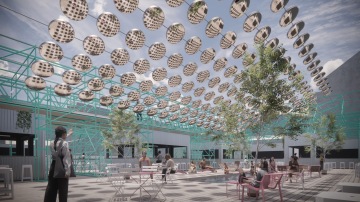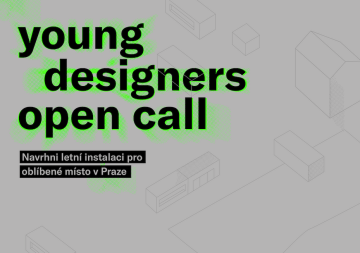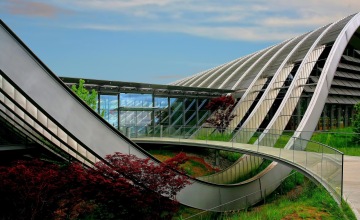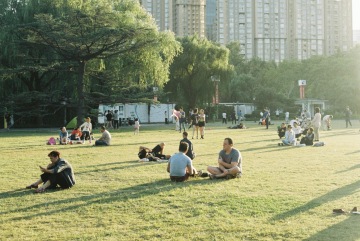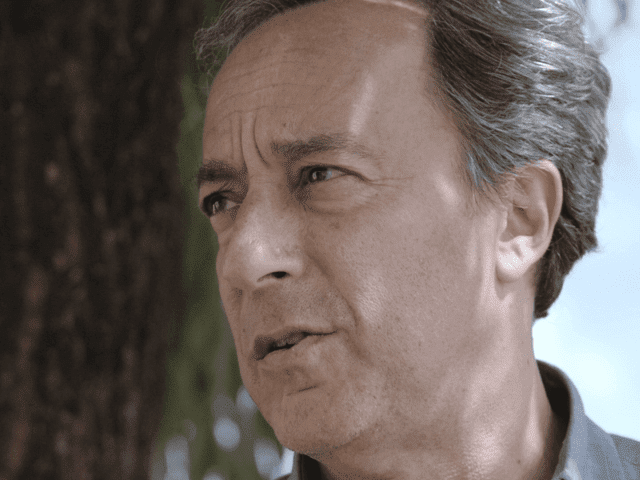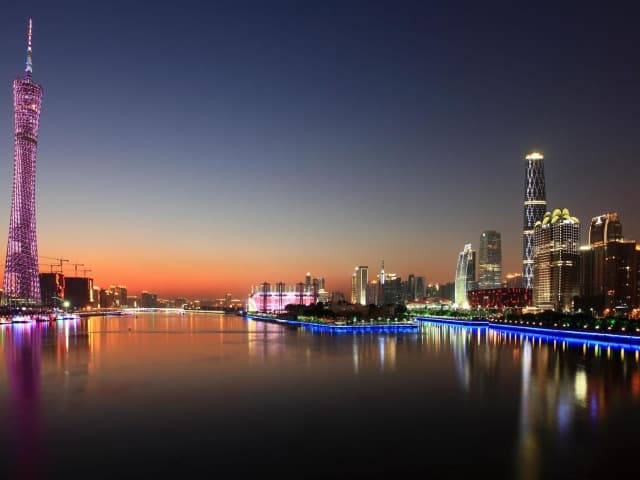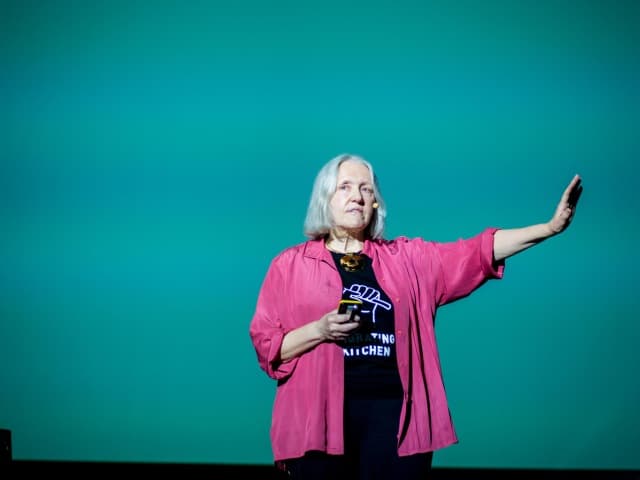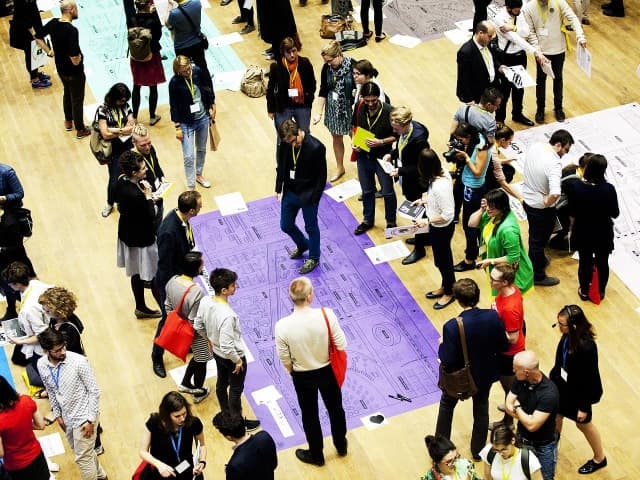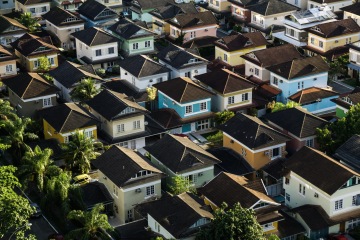
Where Architects Dream #3: Not For Me
Six takes on spaces in which these creative minds who design homes and review architecture projects, dream. Part 3 of 6
On February 12, an outstanding concentration of architects and architecture editors occurred in Lisbon where reSITE and MAAT hosted RESONATE. Having in mind #reSITE2018 core topic, housing, we tried to draw what could be a trend of today, or at least sneak into what type of environment shapes architects’ dreams. What are the housing and urban living preferences, practices and predictions of those who design homes and review architecture projects?
Read where and how these creative minds work and sleep: Kjetil Trædal Thorsen (Snøhetta, Oslo), Jessica Mairs (Dezeen, London), Michael Jones, (Foster + Partners, London), Birgit Lohmann (Deisgnboom, Milan and Sardinia), Louis Becker (Henning Larsen, Copenhagen) and the visual artist Xavier Veilhan (Paris).
Question: Is there a living situation you could not imagine living in permanently?
Previously:
Don't Miss What's Coming Next:
- #4 So Close, Yet So Far
- #5 On The Move
- #6 Elon Musk
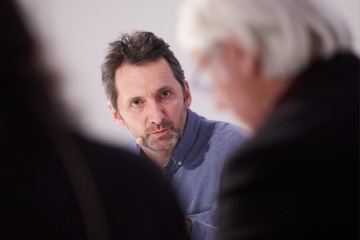
Xavier Veilhan
You know, any city is too small or too tough or too expensive or too something, if you stay for a long time. To me, it would be ideal to live in Paris, but only because I know I’m traveling every week.
Any city is too small or too tough or too expensive or too something.
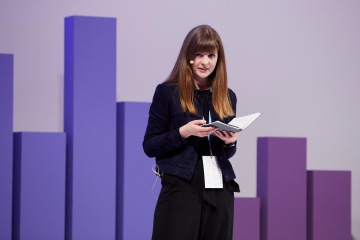
Jessica Mairs
I think living in isolation, because I’ve lived in London for ten years now. I moved from a very small village in Northern Ireland, and I particularly like living estates and having neighbors in close proximity. People call around and ask for help doing up their house or they want to borrow something or you bump into your neighbors on the way home. I think that could be really important. I wouldn’t want to live in a single house by myself.
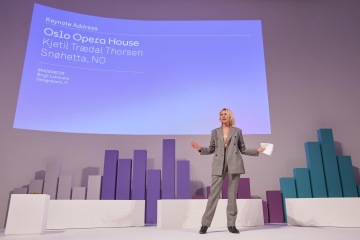
Birgit Lohmann
We were thinking many times to build a comuna. When you have children—our children are grown up now between 23 and 27--it’s a sort of comuna. It’s very difficult because we all have very different needs. That’s probably not my focus anymore. I would reduce. I can imagine living on a boat, but I would like to live close to others, not in a small isolated space, in a small space with many like-minded—or contrary minded is interesting—[people].

Louis Becker
Ten years ago, I would have said a villa or a terraced house. Today I’m getting more and more into the thing with the apartment. My girlfriend and I, we’re building this building together and we’re testing things on ourselves. We’re taking our own medicine. I think in many ways we’re trying to create a vast, outdoor space, like balconies, where we grow trees, like the one in Milan but not as green. You cannot do it as green in Denmark. The idea is that when you open your doors you are looking out into a greenspace on the 6th or 7th floor. It’s pretty cool.
You need to have some kind of awareness of what goes on around you to be sensitive to it in a civilized and respectful way.
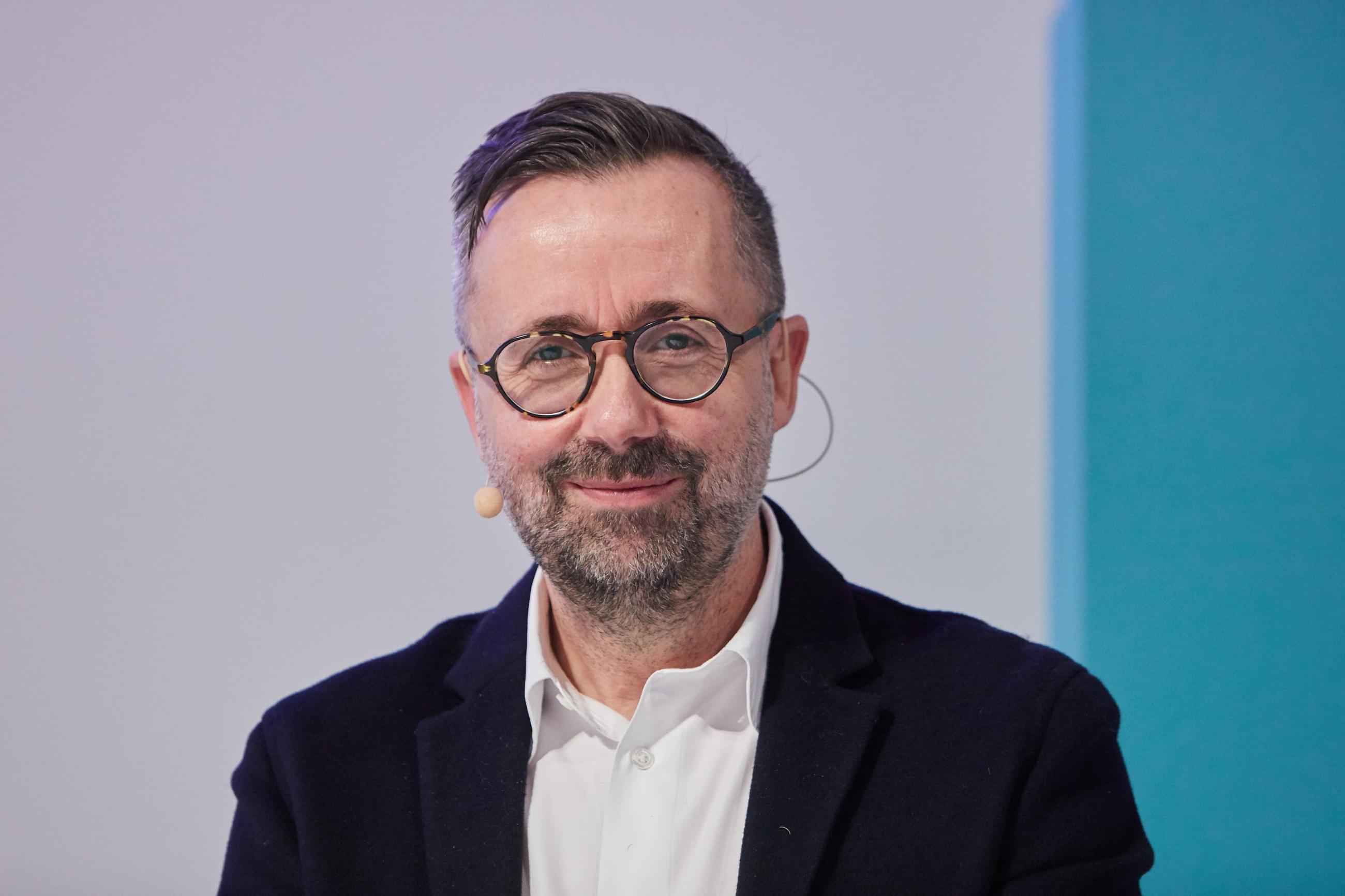
Michael Jones
I couldn’t live in a country where there wasn’t tolerance. Humanity has to underpin any civilization in the world… It starts at the national level and translates all the way down to day-to-day actions. You need to have some kind of awareness of what goes on around you to be sensitive to it in a civilized and respectful way.
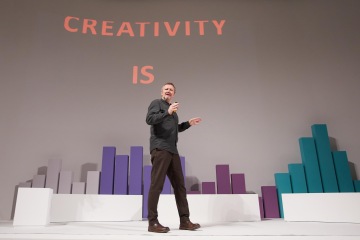
Kjetil Trædal Thorsen
I’m living a lot in hotels. I’m living a lot by traveling. I can adapt to almost any situation as long as I have money, as long as I’m surrounded by friends, family. I think the conditions for me to live have to do not so much with the physical conditions obviously, but maybe more with family and friends.
Interested in the discussion surrounding the future of housing, living conditions and quality of life? Join the reSITE 2018 Event
Related Stories
Mexican Team Wins Young Designers Open Call with Repurposed Traffic Mirror Concept
Circularity, enhanced visitor experience, and community empowerment were the focus of the first edition of YDOC. In a truly global online gathering, the Young Designers Open Call Final Night featured young designers from Ethiopia, Ecuador, the United States, Mexico, Turkey, France, Belarus, Georgia, and New Zealand, competing for one of three awards, alongside two teams based in the Czech Republic.
Young Designers Open Call
The Young Designers Open Call (YDOC) is an opportunity for emerging architects and designers to manifest their talent in front of a renowned jury, get their idea built and put in use in a popular Prague location, within only a few weeks. The first three awarded projects get a financial prize. Deadline April 4th, 2025.
Five Talks On Using Design for Social Impact
Socially conscious designers leverage economic, environmental, political and cultural factors and consider them in their efforts to improve the livability of the built environment.
Six Talks on Designing Cities to Include Greenspace
Cities benefit tremendously from the incorporation of greenspace, a connection to nature that is an arena to cultivate community.
Related Talks
Creating Common Ground with Michael Kimmelman | reSITE City Talks
Michael Kimmelman, architecture critic for the New York Times, speaks to reSITE about how architects are responsible for creating healthy cities to address climate change, refugees, and urbanisation. In conversation with urban planners and designers, architects can create resilient neighborhoods and cities.
Boom Towns are Immigration Towns with Michael Kimmelman
Michael Kimmelman, architecture critic for the New York Times, uses Stuttgart, Mexico City, and Guangzhou as examples of ways cities have handled an influx of migrants and how the cities have adapted or not adapted differently. The current issues in these cities differ based on location, situation of incoming migrants, and how well the city has handled new arrivals, with Stuttgart presented as a model city for migrant reception.
Saskia Sassen: City is an Extraordinary Animal
Saskia Sassen, professor of sociology at Columbia University, discusses the migrant experience relating to land use and the urban habitat. She focuses on the privatizing and corporatizing of modern cities and how these trends affect the people living in cities, especially disadvantaged and ignored populations.
Can we Gamify Urban Design with Ekim Tam + Play the City
Ekim Tan, inventor of Play the City, moderated and listened to participants discuss the experience of their city, including the urban issues they faced and solutions to problems. At reSITE 2016, attendees played a large scale "Play the City" game where they were assigned roles and simulated making decisions and reacting to events in a city.
